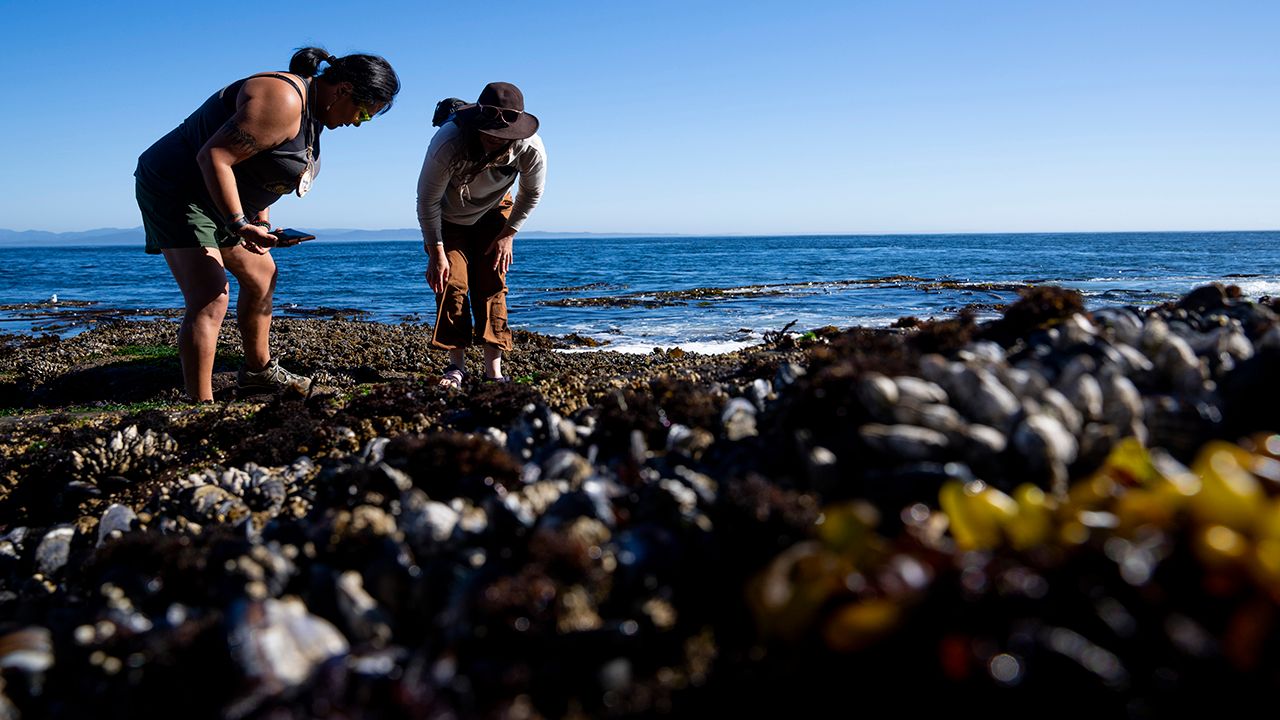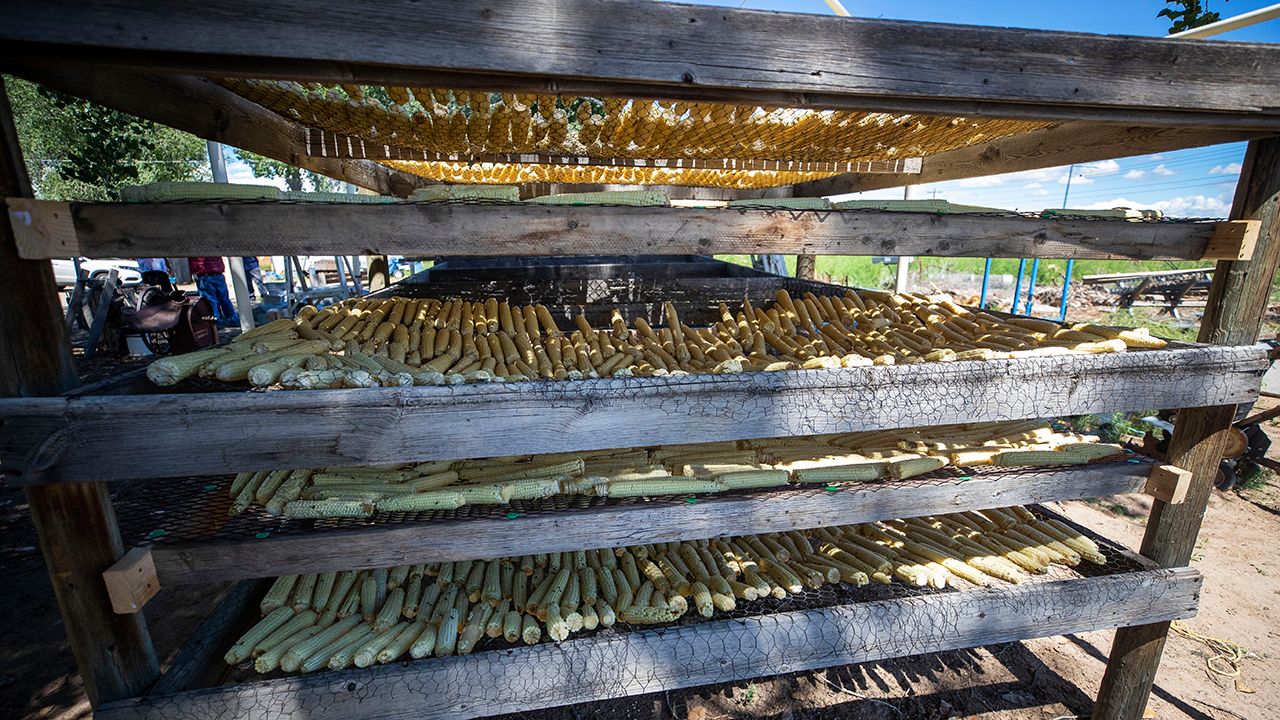Climate change affects everyone, but for the one million Indigenous peoples who live on or near reservations, it’s especially threatening.
Moving communities
It has become increasingly hard for Indigenous peoples who live on the coast to maintain life near the sea.
NOAA explains extreme storm surge, erosion, flooding and rising seas have left many people with no choice but to relocate from their homes.
This can become tough when you’ve known the area your entire life and your traditions and cultural identities are tied to your home.
But it doesn’t just affect tribes by the sea. Increased wildfire and drought also affect tribes that live more inland, causing them to relocate or deal with the increased stress of losing resources.
Lack of food
Storm surge, erosion, rising sea levels, wildfire and drought can all affect food, whether it’s from the sea or on land.
Animals relocate if they can’t find food to eat, and extreme weather can lead to plants and crops dying, many of which Indigenous peoples rely on for more than just food.
Boiled corn cobs set to dry at the home of Norma and Hutch Naranjo in Ohkay Owingeh, in northern New Mexico, Sunday, Aug. 21, 2022. (AP Photo/Andres Leighton)
Changing weather can also lead to pest outbreaks, which can kill plants and crops.
Extreme weather can also limit hunting, and for tribes who live farther north and depend on ice to travel and hunt, melting ice can limit that.
In the end, tribes can suffer from food insecurity and malnutrition.
Water quality and quantity
Tribal communities are more likely to lack indoor plumbing, leaving them to rely on natural water sources and wells.
However, the United States Environmental Protection Agency states that climate change can affect water quality. “Increased runoff of pollutants and sediment,” can contaminate water.
This leaves many tribes without access to safe drinking water.
And increased drought can severely decrease the amount of water available.
How tribal communities are adapting
Tribal communities receive special funding from government agencies to help their way of life, but it’s not enough.
Because of this, they are taking action into their own hands.

Clams growing at the Salt Creek tide pools on the Olympic Peninsula Wednesday, Aug. 16, 2023, near Port Angeles, Wash. (AP Photo/Lindsey Wasson)
Some tribes are working to restore clam and oyster farms. Others are relocating wildlife to help restore salmon populations, and some are even planting trees to help cool rivers.
And it doesn’t stop there. To read more on what steps the Indigenous communities are taking to help future generations, check out this article from the Yale School of the Environment.
If you would like to help the Indigenous peoples, you can shop from Indigenous-founded businesses, volunteer with them to provide extra help, donate to their organizations or even just educate yourself about their cultures.
Our team of meteorologists dives deep into the science of weather and breaks down timely weather data and information. To view more weather and climate stories, check out our weather blogs section.

